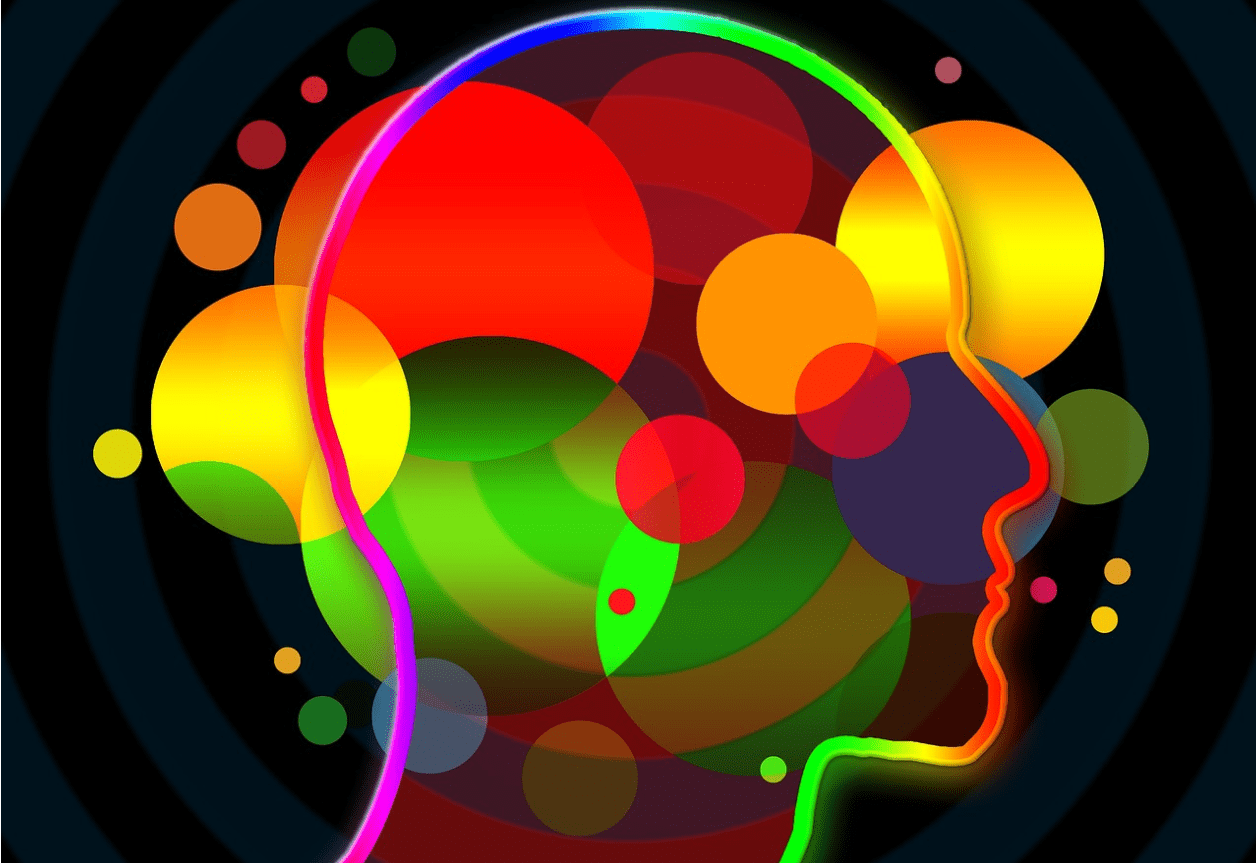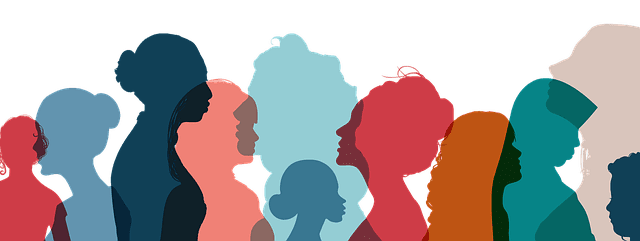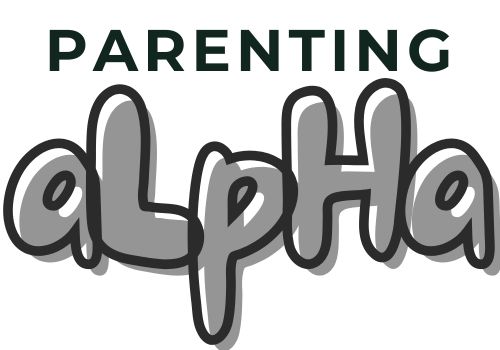In a world that prides itself on its interconnectedness, social media platforms have become an integral part of our lives. They connect us to friends, family, and communities worldwide. However, these platforms have also inadvertently contributed to a scary phenomenon known as echo chambers.
Echo chambers are online environments where individuals primarily encounter information and opinions that confirm their existing beliefs. This seemingly creates a self-perpetuating cycle of confirmation bias
This isolation from diverse perspectives can have profound implications for society. This can lead to social polarization, misinformation, and a breakdown in civil discourse.
The Mechanics of Echo Chambers
Echo chambers on social media are a result of complex mechanisms where algorithms, user behavior, and content selection, work together to create environments of ideological isolation.

1. Algorithmic Bias
Social media platforms employ sophisticated algorithms to curate content for their users. These algorithms prioritize content likely to engage users, often based on their past behavior, interactions, and preferences. This process creates a feedback loop where users increasingly encounter information that aligns with their existing beliefs.
For example, if a user frequently interacts with posts that support a particular political ideology, the algorithm may prioritize similar content, reinforcing their existing worldview.
This can create a personalized information environment that reinforces existing biases and makes it difficult for the user to encounter alternative perspectives.
2. Filter Bubbles
As users interact with social media platforms, they create personalized filter bubbles that exclude opposing viewpoints. This can occur through selective following, liking, and sharing. When users engage with content that aligns with their beliefs, they signal to the algorithm that they prefer similar content.
According to Wikipedia,
Filter bubbles in popular social media and personalized search sites can determine the particular content seen by users, often without their direct consent or cognizance, due to the algorithms used to curate that content.
This can lead to a feed that primarily consists of information and opinions that confirm the user’s existing beliefs.
Over time, these filter bubbles can become increasingly narrow, limiting exposure to diverse perspectives and contributing to the formation of echo chambers.
3. Group Polarization
When individuals with similar beliefs interact within online communities, they may become more extreme in their views over time. This phenomenon, known as group polarization, can occur as members of a group reinforce each other’s biases and engage in collective rationalization.
Within echo chambers, individuals often encounter a constant stream of information that confirms their existing beliefs. This can push them to adopt more extreme positions.
It also makes it difficult to find common ground with those who hold opposing views and can contribute to the polarization of society.
The Impact of Echo Chambers on Society

- Social Polarization: These chambers can contribute to social polarization by creating a divide between different groups. Individuals within the chambers may become increasingly hostile towards those with opposing views, leading to a breakdown in social cohesion.
- Political Polarization: The formation of echo chambers exacerbates political polarization by exposing individuals primarily to information that supports their preferred political party or ideology. This can make it difficult to find common ground and engage in productive political discourse.
- Misinformation and Disinformation: Echo chambers can be breeding grounds for misinformation and disinformation. When individuals primarily encounter information that confirms their existing beliefs, they become less likely to critically evaluate its accuracy. This can lead to the spread of false or misleading information, which can have serious consequences for society.
- Civic Engagement: Echo chambers can have a negative impact on civic engagement. Individuals isolated within echo chambers may be less likely to participate in political processes or engage in civil discourse. This can undermine the health and vitality of democratic societies.
Case Studies and Examples of Social Media Polarization
- Facebook: Facebook’s algorithm has been criticized for creating echo chambers. By prioritizing content users are likely to engage with, it can expose them primarily to information aligning with their existing beliefs, reinforcing their viewpoints.
- Twitter: Twitter’s emphasis on retweets and replies can also contribute to the formation of echo chambers. Users may be more likely to engage with content that is shared by people they follow. Thus, it leads to a lack of exposure to diverse perspectives.
- The 2016 U.S. Presidential Election: The role of social media in the 2016 U.S. presidential election has been a subject of intense scrutiny. Some argue that the spread of misinformation and disinformation on social media platforms contributed to the election’s outcome by reinforcing existing biases and dividing voters along partisan lines.
Potential Solutions and Mitigation Strategies

- Education and Awareness
Raising public awareness about the dangers of echo chambers is a crucial step in addressing this issue. Education programs can help individuals develop critical thinking skills and learn how to evaluate the credibility of information they encounter online.
- Algorithmic Changes
Social media platforms can modify their algorithms to promote diverse perspectives. This could involve introducing features that expose users to a wider range of viewpoints or limiting the spread of misinformation and disinformation.
- Media Literacy
Improving media literacy skills can help individuals become more critical consumers of information. This includes teaching people how to identify biases, evaluate sources, and distinguish between fact and fiction.
- Cross-Platform Engagement
Encouraging users to interact with people from different backgrounds on social media platforms can help break down echo chambers. This could involve joining online communities with diverse membership or participating in discussions with people who hold opposing viewpoints.
The Last Word
The formation of echo chambers on social media platforms is a complex issue with significant implications for society. The isolation created by these divisions is not an inevitable outcome of our digital age, but a challenge that requires urgent attention.
As individuals, we have the power to broaden our horizons by actively seeking out diverse viewpoints and challenging our own assumptions. At the same time, social media platforms must be held accountable for their role in amplifying division and must prioritize the promotion of balanced discourse.
When we address the mechanics of echo chambers and strive for a more inclusive digital environment, we can begin to rebuild the bridges of understanding that are essential for a healthy, cohesive society.





Leave a Reply